The most common question asked on Lonely Speck answered for Canon shooters!
What is the best lens for astrophotography? The one that collects the most light.
Below is a list of the highest scoring lenses for untracked nightscape photography and astrophotography. The score is a direct representation of light gathering capabilities based on the formula:
Score = (aperture area) × (angular area) × (suggested shutter speed)
Where the shutter speed is the longest suggested shutter speed in seconds based on the “500 Rule” (500/focal length). Aperture area is the surface area calculation of the clear aperture of the lens and the angular area is the angular field of view in square radians. This score is a mathematical calculation based purely on some simple physics. It doesn’t account for other considerations like the lens’s build quality or optical aberrations but it’s a good gauge of overall light gathering capability. You can also see the complete list of scores here, complete with calculations and further explanation.
All of the lenses listed here are my personal suggestions for photographers looking to get the absolute best astrophotography results with their camera. If using the given camera mount, these are the lenses that I would use. Most of these lenses are manual focus lenses by Rokinon which also tend to be much more affordable than their autofocus Canon counterparts. Additionally, most of the Rokinon lenses are sharper and tend to exhibit less coma aberration than their Canon counterparts. If you’re willing to learn how to use manual focus, Rokinon lenses are spectacular performers.
If you would like to know more about the thoughts that went into creating this list, please read my article on how to pick a lens for Milky Way photography.
EF Mount (Full Frame and APS-C)
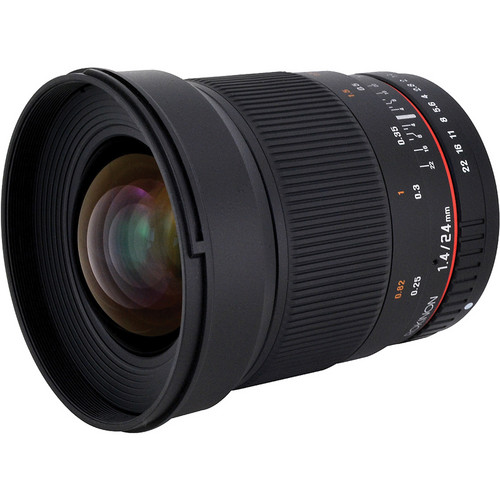
24mm/1.4: Rokinon 24mm f/1.4 ED AS UMC ( Amazon / B&H )
- The best night photography and astrophotography lens you can buy. Excellently sharp, especially when stopped to f/2. Manual focus.
- My full review of the Rokinon 24mm f/1.4
- Score: 2869
- This is my go-to lens for astrophotography on a full-frame DSLR. It’s fast, wide and shows very little aberration problems. Still my personal favorite for Canon full frame DSLRs like the 6D, 5D Mark III and 5DS/R cameras.
- Sample from the Rokinon 24mm f/1.4:
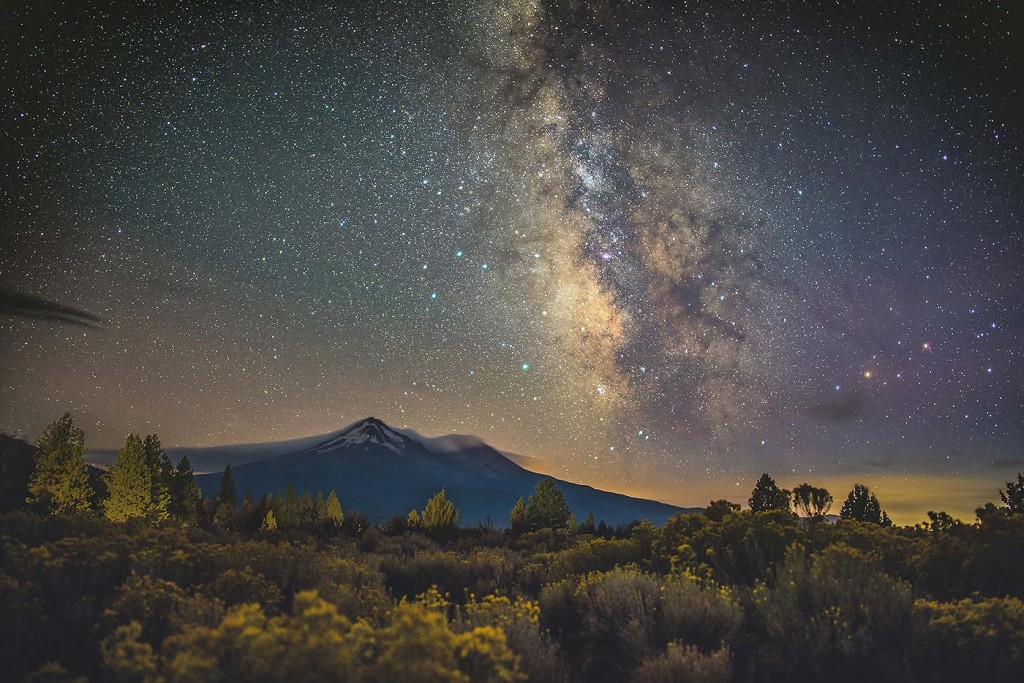
35mm/1.4: Rokinon 35mm f/1.4 US UMC ( Amazon / B&H )
or Sigma 35mm f/1.4 DG HSM Art ( Amazon / B&H )
- Standard wide angle for tighter landscapes or stitching multiple exposures into larger panoramas. Rokinon is manual focus, Sigma is autofocus.
- Score: 2084
14mm/2.8: Rokinon 14mm f/2.8 IF ED UMC ( Amazon / B&H )
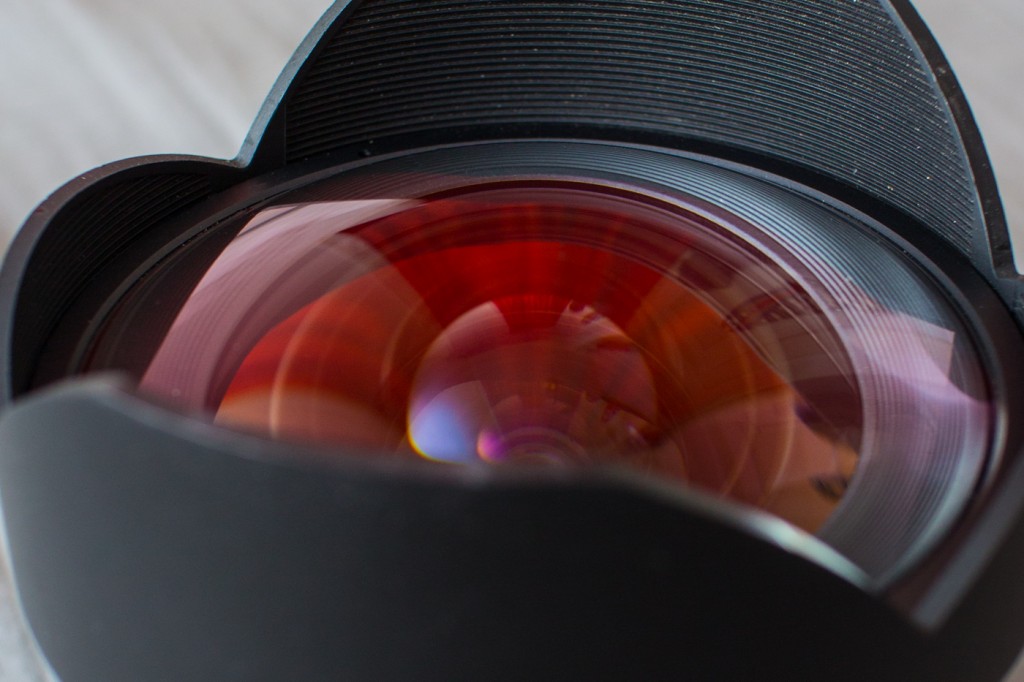
- Essential ultra-wide angle for large sweeping landscapes. Manual focus. One of the most affordable full frame nightscape lenses.
- My full review of the Rokinon 14mm f/2.8
- Score: 1032
- Sample image from the Rokinon 14mm f/2.8:
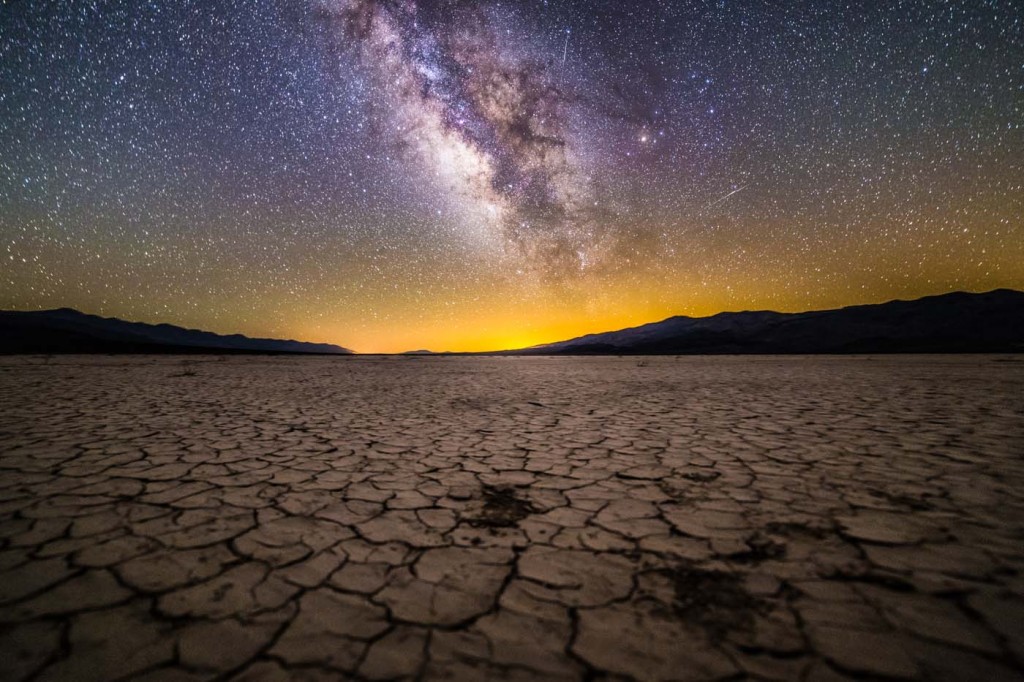
EF-S Mount (APS-C Only)
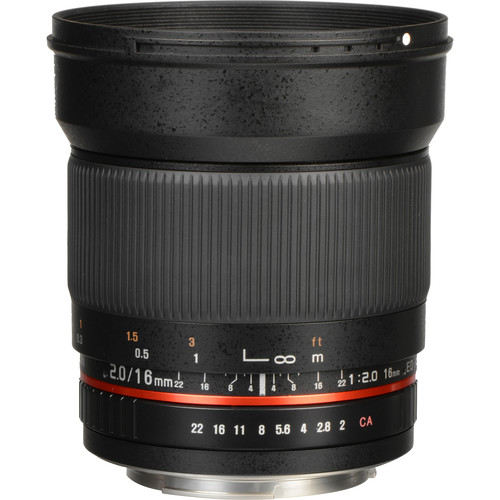
16mm/2.0: Rokinon 16mm f/2.0 ED AS UMC CS ( Amazon / B&H )
- The best combination of wide angle and large aperture. Manual focus.
- Score: 1875
10mm/2.8: Rokinon 10mm f/2.8 ED AS NCS CS ( B&H )
- APS-C alternative to the Rokinon 14mm/2.8. Excellent for ultra-wide angle landscapes. Manual focus.
- Score: 1184
11mm/2.8: Tokina 11-16 f/2.8 AT-X PRO DX II ( Amazon / B&H )
- Covers the same range as the two previous lenses combined. Excellent super wide angle zoom with autofocus.
- Score: 1149 (at 11mm)
EF-M Mount (APS-C Mirrorless)
12mm/2.0: Rokinon 12mm f/2.0 NCS CS ( Amazon / B&H )
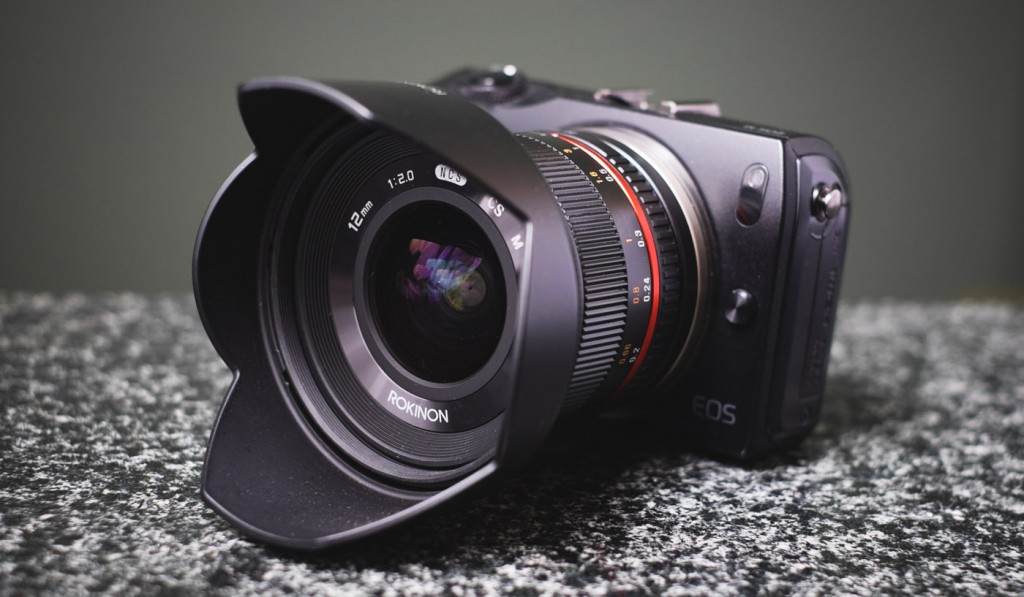
- Best lens for astrophotography on a mirrorless system. Nice and compact, best combination of super-wide field of view and large aperture.
- Score: 2176
- Sample image from the Rokinon 12mm f/2:
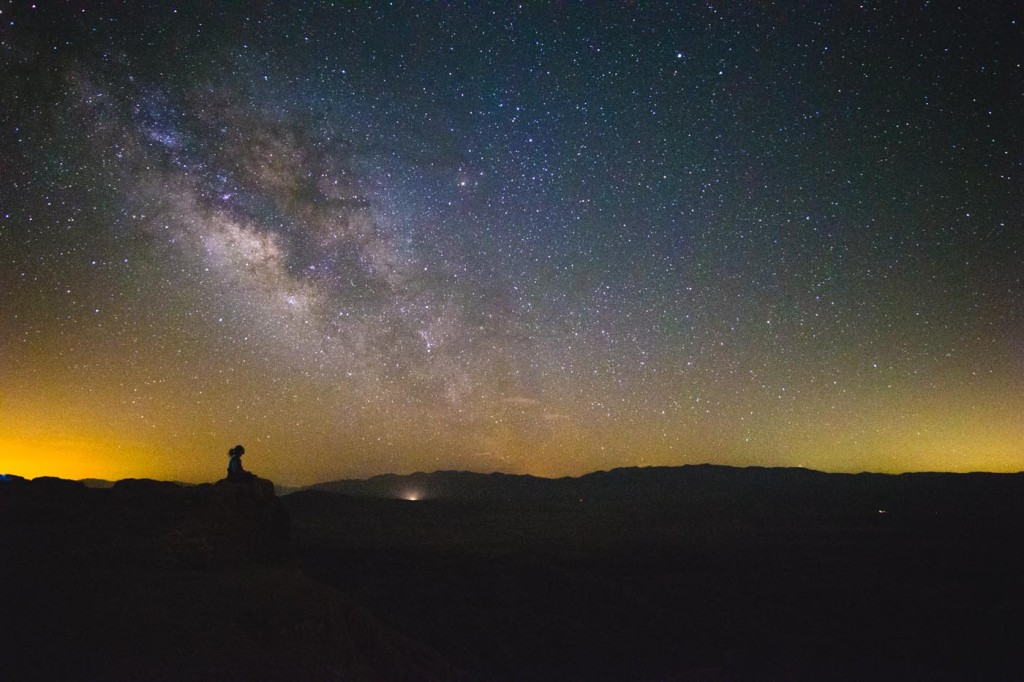
22mm/2.0: Canon EF-M 22mm f/2.0 STM ( Amazon / B&H )

- Surprisingly sharp and extremely compact lens. Also very cheap. Standard wide angle view makes it good for panorama stitches.
- Score: 1505
- Sample image from the Canon EF-M 22mm f/2 STM:
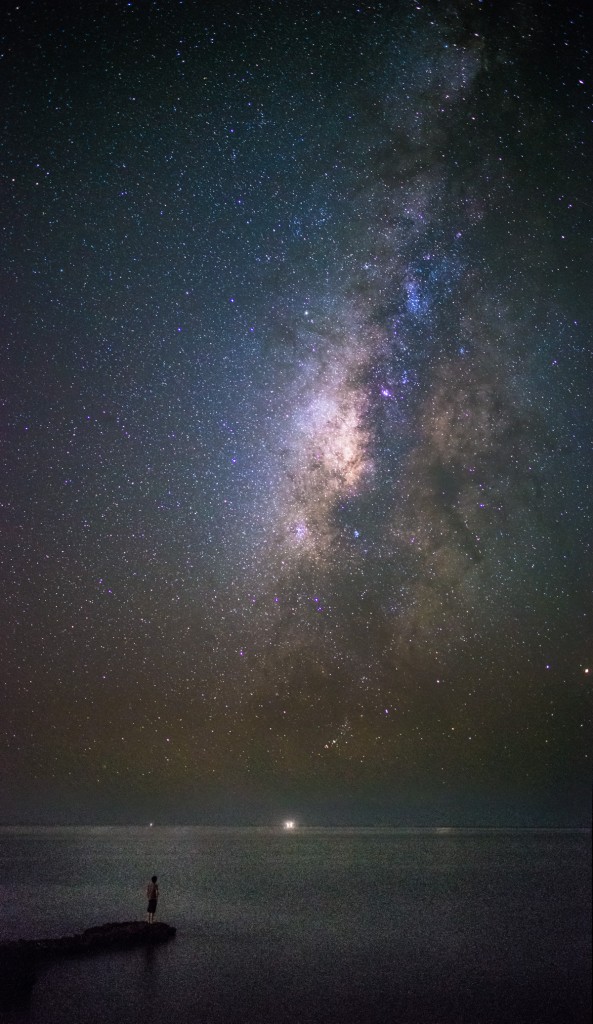
8mm/2.8: Rokinon 8mm/2.8 Fisheye II ( Amazon / B&H )
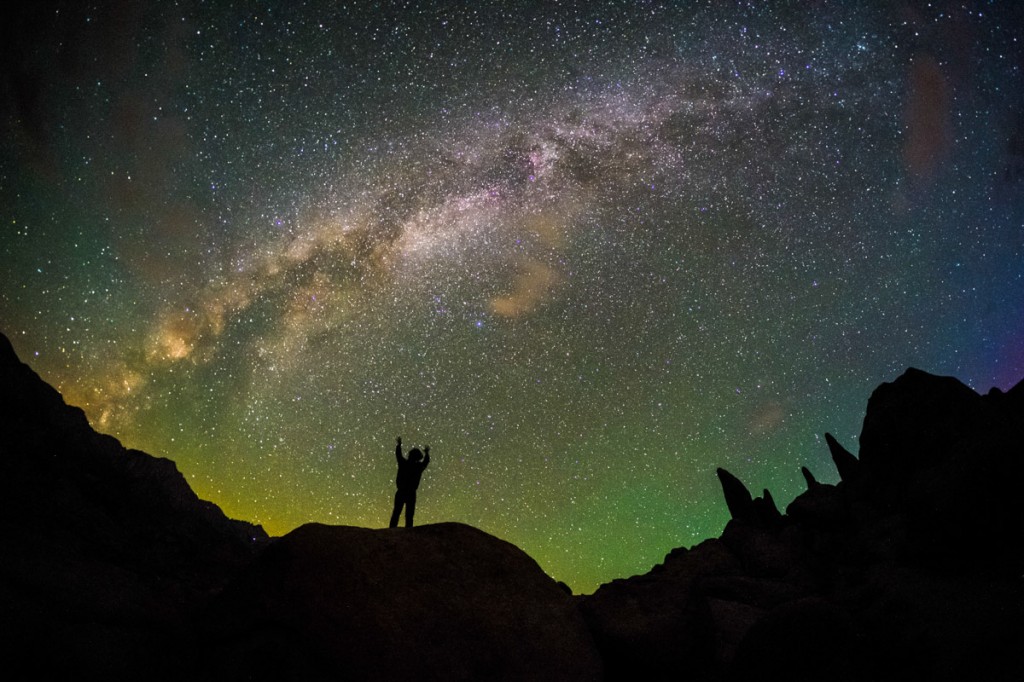
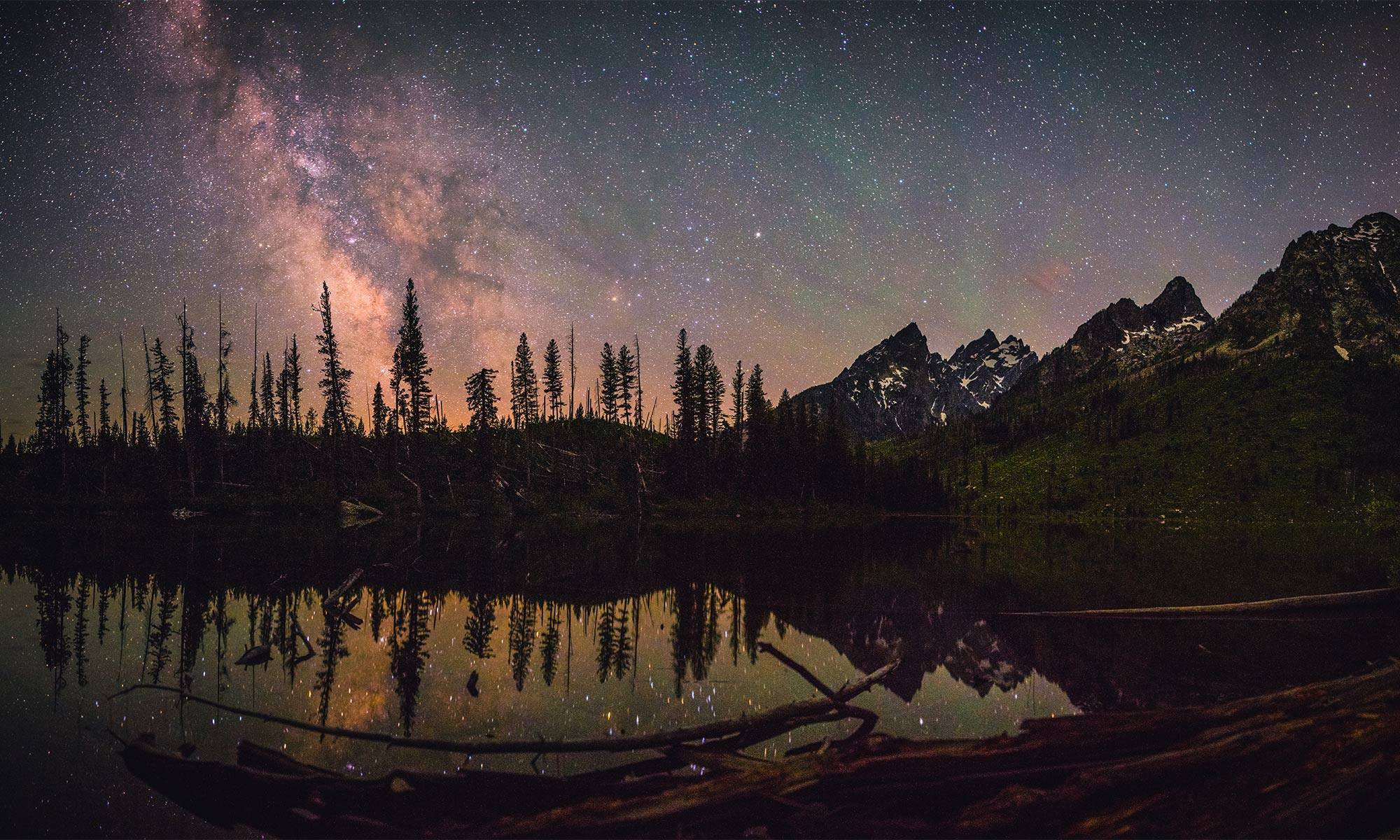
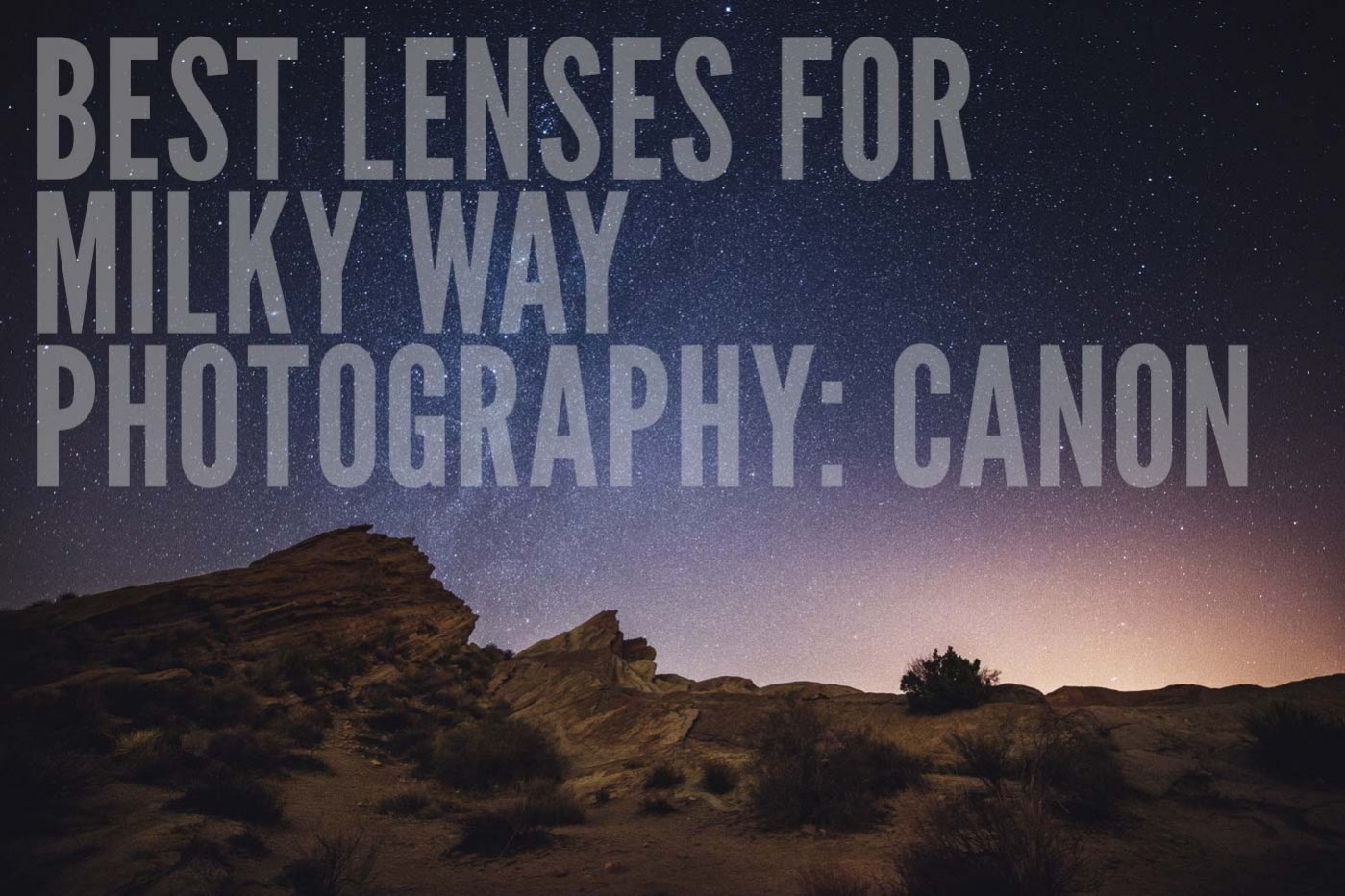
Have you considered the Sigma 8-16mm f/4.5-5.6 DC HSM AutoFocus Wide Angle Zoom Lens when this was published?
I’m interested in this lens and due to being limited on how many lenses I can afford to buy (one). I would like to be able to use a lens for (at least) three things;
– cars, car shows and on-track use (slower shutter for blurred background as they roll by).
– close up, parts, and food close-ups
– and the astro-photography that i really enjoy, but only once or twice a year..so, this is why its last on my list.
however, i have been using a 18-200 sigma F3.5-5.6 (both version, and recently sold the updated version to keep the original) and my attempts (imo) came out fairly great.. @ 18 F3.5 iso-6400 / 30 seconds work, but just not wide enough
so, my question stands: “is the sigma 8-16mm completely out of your list because its not right for ‘astro’? Or was it not tested, and should be considered a possible good choice”>?
btw, thank you for this write-up. I’ve read it multiple times, and have spent days reviewing what i want vs. what i can afford and this has helped me narrow down the list.
The Sigma 8-16 can work. However, it’s a little bit slow at f/4.5 which is why it’s not on this list. This means that you’ll either be underexposing (results in more noise) or you’ll need to increase your shutter speed to more than 30 seconds (with an intervalometer or remote+bulb) which can cause the stars to start to trail. I think that if you’re looking for something that’s great at astrophotography and is also ultra-wide, the 10mm/2.8 would be a better choice.
That said, the Sigma is an excellent lens with a great focal range and it also has autofocus. I absolutely love the look of 8mm for landscapes. It’s super dramatic and probably one of my favorite fields of view. If you’re really set on it and you think it will be the better lens for the rest of your photography, grab an intervalometer to go along with it so you can make some 45-60 second exposures in Bulb mode with it for astrophotography, just keep in mind that you’ll deal with a bit more noise and may see some star trails if you’re using those longer shutter speeds.
I hope that helps.
yes, helps greatly.
I run Magic Lantern on my 50d, so i always have the intervalometer.
-star trails are a concern, but with the chart, the wider=more time allowed prior to trails. I just wonder on your experience.
—even though i only run the night sky a few times a year, its my favorite by far, and I think i already maxed out my 18-200’s ability, and with the other Rokinon costs, they do appear much more my price range (b/c i can afford the lens, and more gear (or just gas and beer).
—brings up another question is after my binge review reading found one (neg) post (and many follow ups agreeing) that the Rokinons are not sealed properly, and that after a few months, dust hinders them useless.
1. is this possibly a case with only one model, or do you see this trend on the brand(s) too?
2. if so, there a way to weather seal them ?
— is disassembly a viable option ? to put some sticky tape on the inner barrel to keep dust on the side.. as when I’m track-side, we get over-run by tiresmoke, kicked up dust, exhaust, etc.. and completely off topic, 3. do you disassemble your lens to clean them (that would be ideal, if its just a matter of tools, and not calibration). Or are lenses calibrated and not to be taken apart? (b/c i’ve never seen this option mentioned)
thank you.
Falkor lohikäärme
p.s. do snakes, scorpions, bats, and other creatures ever bother you ?
Falkor, I personally have had no issues with dust getting into any of my Roki lenses. That said, I have had a couple bad copies in the past that needed to be exchanged. (but I’ve also experienced bad copies with Canon and Sigma lenses in the past too).
As far as adding weather sealing, I’ve been pondering the same questions lately as I prepare my camera gear for the Burning Man festival. It is always very dusty there so I’ve done the following to prepare: a cheap UV filter for protection, taped at the thread with gaffer’s tape and more tape between the lens and the camera body. I’ve had a few dust spots show up in nearly every lens I own but it never affects the image quality. It would need to be a very large amount of dust to actually affect anything.
I never disassemble any of my serious photo gear for Lonely Speck and I would not recommend it as an option. If I have a problem, I usually just contact the manufacturer and send stuff in for repair. Mostly it’s out of a lack of experience with lens internals: there’s a lot that’s going on in a lens and proper adjustment would probably require some sort of optical bench to make sure everything’s properly shimmed, etc. I also don’t have any sort of cleanroom like environment to perform any such work.
As far as critters, I’ve certainly run into some big spiders, scorpions but I’m not really bothered by it, I just tread lightly and keep the light on while I’m moving around in the dark. Bats are pretty harmless and I have only seen snakes in the day time personally. The most often seen critter out in California is usually a mouse or kangaroo rat, both of which are a welcome companion to share the night with.
A good pair of hiking boots and some long pants do the trick at keeping the tarantulas from creeping me out.
I bought the tokina 11-16 from (your link to the) B&H site and used it last weekend.
am concerned that i cannot focus past infinity.
My (new) question is “how do i know if my copy is a good one”?
”what are the trade signs of a bad copy?”
I can focus beyond infinity (ever so slightly) on my other lens, but NOT this one. It gets to a good image, but i cannot go any farther to assure myself that it’s as crisp as it can be b/c it won’t spin any more.
and I would like to ask your opinion on this model, afaik, all lens should go a tad past infinity..right ?
and if so, should i return it or keep it ?
hoping I’m not imposing, and if so, i apologize.
here is a sample i got last weekend.
http://www.bmwpark.org/gallery/albums/userpics/10002/normal_astro_how_it_looks_out_of_camera_with_post_light_exposure1.jpeg
the limitations may be my 50d, or the lens, but I’m still too much of an amatuer to know if my new lens is a keeper, or really, what else to look for to know if it’s good or bad.
this is my first brand new lens (or anything ) ever.
I do shoot RAW, but then take screenshots of them to make a fast jpg for this quesiton.
btw, thank you for all this page has offered.
Falkor, most modern autofocus lenses should be able to focus just slightly past infinity. My recommendation would be to do a check by shooting some daytime test shots, particularly of something with sharp definition like text. If you’re satisfied that it’s achieving proper infinity focus, just keep it.
Hi Ian ,
I have 6d, I want to do timelaps of Milky Way . What is the best lens Samyung/rokinon 24mm f1.4 or
sigma 35mm f1.4 Art
OR
What is your choice plz
I think that 24mm is a more useful focal length for timelapse because it is wider than 35mm.
Hey. Ian, your piece here is quite well written. I was always convinced to buy a rokinon 14mm, but now I’m thinking of getting the Tokinon (11-16) as a friend has it too. My primary use would be for night photography, though I would love to use it for architecture/landscapes too. And the fact that it is wider then the 14mm is a BONUS! But then I’m again thinking, would my milky way photos be effected in anyway from this lens? I mean it ain’t mentioned HERE as your favourite lens? why? It seems to have almost everything!! Like its wide, it has autofocus, its well built – i have heard about the Chromatic Aberration and stuff but what else is wrong in this lens. Why isn’t it the best (or near best)?
What do you say then, shall I go for it?
The 11-16mm/2.8 is an excellent lens and you will definitely enjoy it. For a cropped sensor camera, it’s one of the best choices. If it suits your fancy, go for it.
Hi Ian, what recommended samyang lense for D3300? i want to use it for general use(astro, low light, landscape, grup of people day/night). Currently i have 3 option, samyang (35mm 1.4, 16mm 2, 14mm 2.8). My current lense are Afs18-55 f3.5-5.6vr2 and Afs85 f1.8G lense.
I would probably recommend the 16mm/2.0 first. It has recently come down in price and is not much more expensive than the 14mm/2.8.
Hi Ian, like a previous poster I have Canon 70D. I have a Samyang 16mm f/2.0 ED AS UMC CS on order but am now worried given your recommendation of Rokinon 10mm/2.8 for this camera. Will the Samyang do the job?
The 16m//2.0 and 10mm/2.8 are both great but they’ll give you different results in terms of field of view. The 10mm/2.8 is much wider than the 16mm/2.0. Both are good for astrophotography.